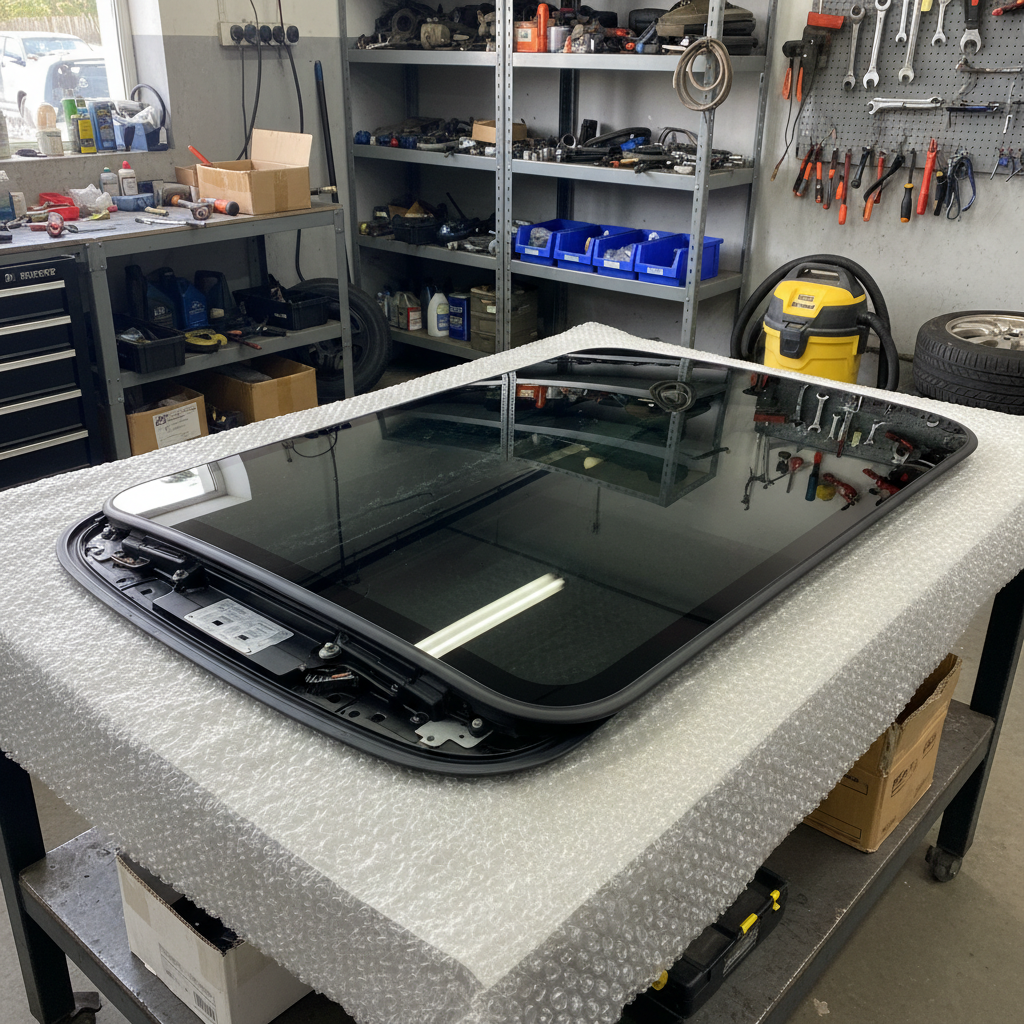As the seasons shift from fall into winter, vehicle owners often face more than just colder mornings and shorter days. The changing humidity levels, falling temperatures, and sharp daily swings can place hidden stress on your auto glass—particularly windshields and side windows. Understanding how these environmental changes contribute to cracks, chips, or seal failures will help you protect your car and avoid unnecessary repairs.
Why Fall‑to‑Winter Is a Critical Period for Auto Glass
The fall season brings cooler, damper air as humidity rises. Then, as winter sets in, moisture may freeze overnight, sharp temperature drops become routine, and heating systems inside the car introduce abrupt thermal differentials. All these factors compound to make the glass more vulnerable.
- Expansion and contraction cycles: Auto glass naturally expands when warmed and contracts when cooled. But in transitional periods, these cycles occur more frequently and more abruptly, creating stress points.
- Moisture infiltration: Higher humidity in fall allows moisture to seep into microcracks or edges. Once winter begins, that moisture freezes and expands, widening cracks.
- Seal and adhesive degradation: The rubber gaskets, moldings, and adhesives that bond the glass to the frame are also temperature-sensitive. Cold can make seals brittle; repeated cycles of contraction/expansion weaken adhesives over time.
- Thermal shock risks: Using the defroster on a very cold windshield or applying hot water to ice can cause sudden temperature stress and crack formation.
The Mechanics of Glass Stress During Transition
To appreciate how these environmental changes damage auto glass, it helps to know a bit about the physical behavior of glass and bonded systems:
- Uneven heating or cooling: If one part of the glass changes temperature more rapidly than another (for example, interior heat against exterior cold), internal strains develop. Those strains concentrate around weak spots like chips or edges.
- Microcrack propagation: Thousands of minuscule microcracks exist in nearly every windshield from manufacturing or small impacts. Under cyclical stress and moisture freezing, these can grow into visible cracks.
- Seal pull-away and leaks: Adhesive bonds expand/contract differently than the glass or frame. Over repeated cycles, gaps may form, inviting more moisture and further weakening.
Common Damage Patterns in the Fall → Winter Shift
Some types of damage become more prevalent in autumn and into winter:
- Spider cracks or radial cracks emanating from the edge of a chip.
- T-shaped or Y-shaped fractures where two cracks meet.
- Crazing or stress lines across the glass not from impact but from repeated thermal strain.
- Seal compromise or fogging between double panes (in insulated glass systems).
Preventive Measures: How to Protect Your Auto Glass
Though you can’t control the weather, you can take proactive steps to reduce risk.
1. Repair chips early
A small chip that seems superficial can escalate rapidly once moisture or thermal stress acts on it. Getting it fixed early helps prevent full cracks.
2. Warm your car gradually
Avoid turning the heater on full blast immediately. Begin with moderate warmth and let the glass adapt more evenly.
3. Use proper de-icing tools
Plastic scrapers, safe de-icing sprays, and letting the defroster loosen ice before scraping reduce mechanical stresses. Never pour hot water on a frozen windshield.
4. Park smart
Whenever possible, use shaded or covered parking. Or use a windshield cover to insulate and reduce frost buildup.
5. Maintain wiper blades and seals
Old, rigid wipers can scratch glass and exacerbate damage. Worn seals should be replaced to keep moisture out.
6. Inspect frequently
Use dry, overcast days to examine your glass for faint lines, stress patterns, or signs of adhesive fatigue. Catching issues early can save on replacement costs.
When Repair Isn’t Enough: Knowing When to Replace
Not every crack or chip can be repaired. Consider a full replacement if:
- The damage is in the driver’s line of sight or impairs vision.
- The crack is longer than a few inches or spans across structural lines.
- There are multiple cracks or chips clustered.
- The bond or seal has failed, leading to water leakage, fogging, or poor structural integrity.
Because winter temperature fluctuations exacerbate weaknesses, what might have been a borderline repairable chip in fall could become irreparable by winter’s depth.
Why Timely Action Matters
Auto glass isn’t just cosmetic—it’s a safety component. It contributes to your vehicle’s structural stability during rollovers and supports airbag deployment. A compromised windshield reduces the overall safety margin. By intervening early in the fall before winter sets in full force, you can potentially avoid larger costs and hazards.
Wrap-Up & Next Step
The transition from fall to winter brings environmental shifts—humidity increases, colder nights, and greater thermal swings—that accelerate stress on your auto glass. But with purposeful care—early chip repair, gradual warmups, proper de-icing, seal upkeep, and regular inspections—you can reduce the risk of cracks, seal failures, and full replacements.
If you’ve noticed chips, cracks, fogging, or suspect seal weakness, contact us today. Our certified technicians at Auto Glass Hammond are ready to inspect, repair, or replace your auto glass before seasonal damage worsens. Don’t wait for winter’s worst to take hold—take action now and drive safer tomorrow.

